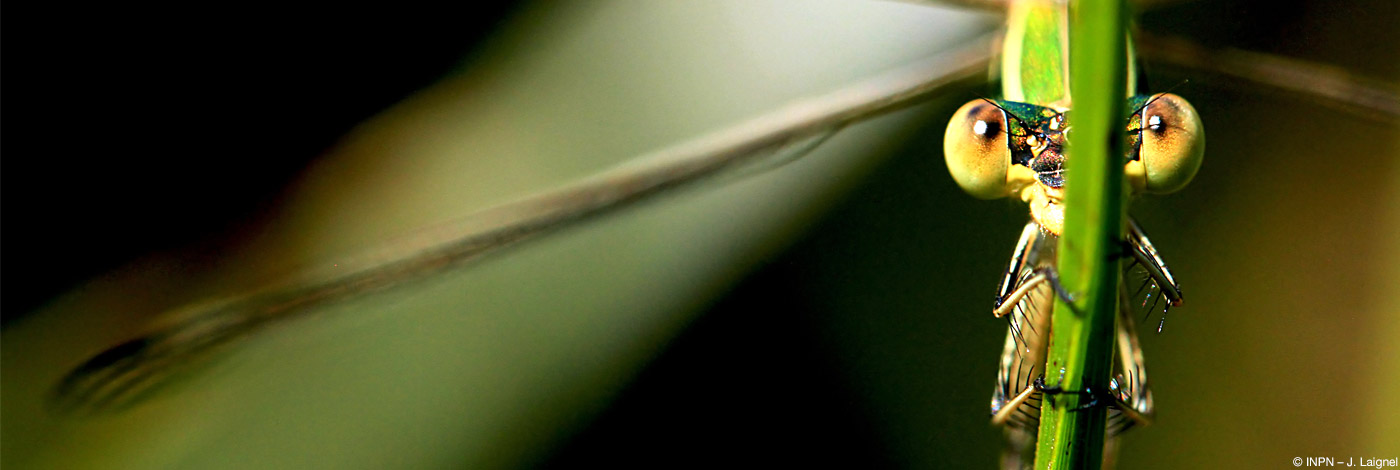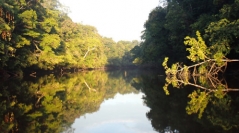

 Naturae
2020 (3) - Pages 55-69
Naturae
2020 (3) - Pages 55-69Freshwater bivalves figure among the most imperiled species worldwide, and are currently being targeted by more and more research and conservation programs, notably in Europe and North America. This dynamic has not extended to French Guyana where very few data have been collected. The present work summarizes available data for French Guyana, based on a literature review and on the search for specimens in malacological collections of national museums (from online databases) and regional museums (through direct investigations of French regional museums). It constitutes a preliminary checklist for freshwater bivalves in French Guyana. This checklist presents thirteen species belonging to four families. Eight of these do not figure in the national taxonomic reference list TAXREF v12. According to the data collected in museum collections, four species can unambiguously be added to the French fauna reference checklist: Prisodon syrmatophorus (Gmelin, 1791); Triplodon corrugatus (Lamarck, 1819); Anodontites crispata Bruguière, 1792 and Anticorbula fluviatilis (H. Adams, 1860). Four species are still pending further study concerning their taxonomic status: Pisidium sterkianum Pilsbry, 1897; Castalia ambigua Lamarck, 1819; Castalia cordata Swainson, 1840 and Castalia retusa Hupé, 1857. Among all these species, only three were collected in French Guyana within the last twenty years. The current state of affairs for these overlooked species raises conservation issues: have these species been simply overlooked by field naturalists? Do they live in environments that are difficult to explore? Are they naturally rare in French Guyana? Or have they declined to the point that contemporary naturalists do not find them anymore? More intensive field work is needed to try to answer these questions.
Sphaeriidae, Hyriidae, Mycetopodidae, Lyonsiidae